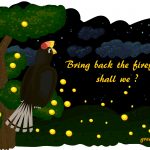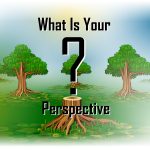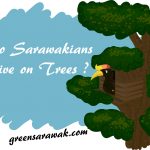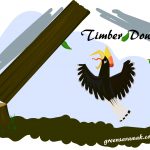Borneo Rainforest has an estimated age of 130 million years, making it the oldest rainforest in the world. Sarawak being 26% of the land area of Borneo was proud to share the same legacy.
Sarawak indeed full of greens, we have trees everywhere, up to a sense that part of the Malaysian people (west Malaysian) still wondering “Do Sarawakians stay on trees”.
Although rich of natural resources, we do still facing an up cropping issue of “Sarawak is loosing greens fast”. In fact many of the forest is considered secondary forest.
So what are secondary forest ? You may ask.
Primary and Secondary Forest of Sarawak
There is two main type of forest, one that still remains its pristine native (original) condition is called Primary Forrest . This type of forest are the thick tropical evergreen Rainforest that we are proud of, with many of the rare species of expanded biodiversity, huge tropical trees with distinct canopy and currently mostly under natural preservation area.
The other type of forest is called secondary Forest, which is the forest that grows after the destruction of the primary forest usually after a flank disaster (fire, land slide, flood), logging and deforestation of any kind. The secondary forest usually have thicker undergrowth and smaller trees.
Vast of greens that neighbors urban and suburban areas in Sarawak is of secondary nature due to expansion of human settlements, agriculture plantations and logging activities. In fact around 75-80% of the rainforest are lost due to logging with a worrying statistic that says between 1990 and 2010, it lost 8.6%, or 1,920,000ha of its forest cover. Half of the annual global tropical timber acquisition comes from Borneo island.
The diminishing green in Sarawak
Deforestation is a myth! Is a make up fact to hinder developments and progression of the nation! We still have many trees around! … or it is so ? Lets find out.
Below is the comparison of satellite imagery between 1984 and 2016 (extracted from google earth) , you can clearly see a difference in the Sarawak shoreline. There are many new up cropping areas of agriculture land (primary palm oil).

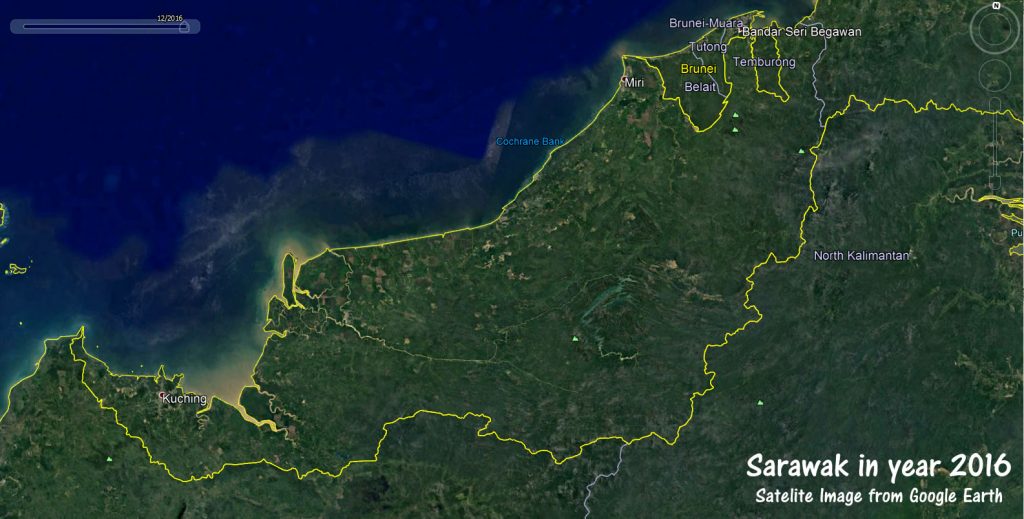
Another shocking truth is about how fast Kuching city had grow in past 30 years. From the satellite imagery clearly shown effective tripling of the city area expansion. As a fact, only Bako National Park had been spared in this field of view with its primary rainforest status still standing.
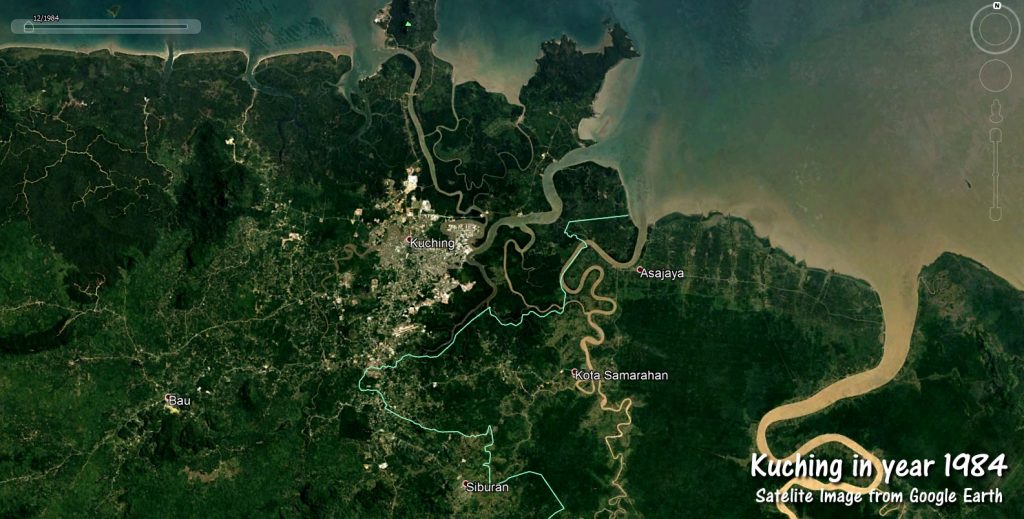
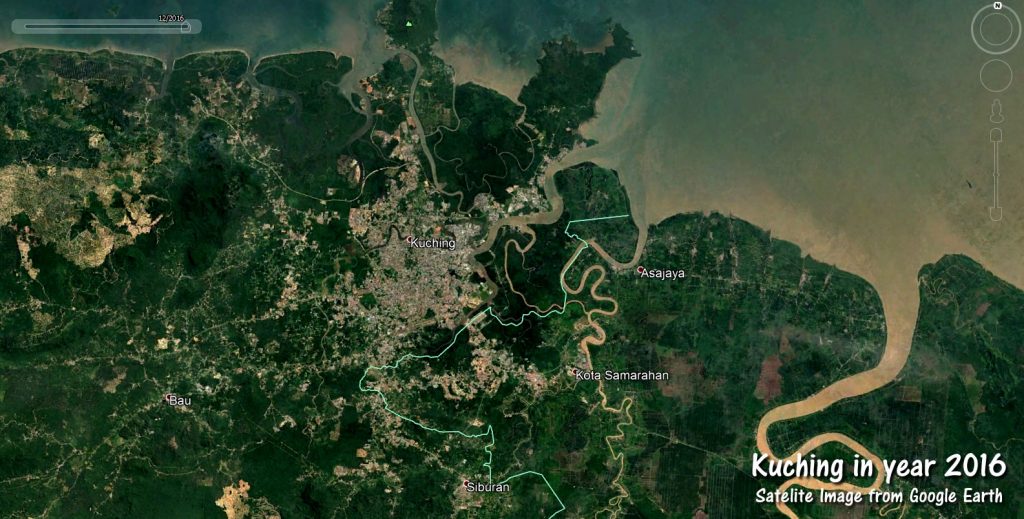
Where did the green goes ?
Our agriculture plantation also expands exponentially for the past 30 years. Remarkably the plains along the sea line. In the satellite imagery comparing Mukah and its surrounding area shows remarkably converting a vast area of forest into oil palm plantation.
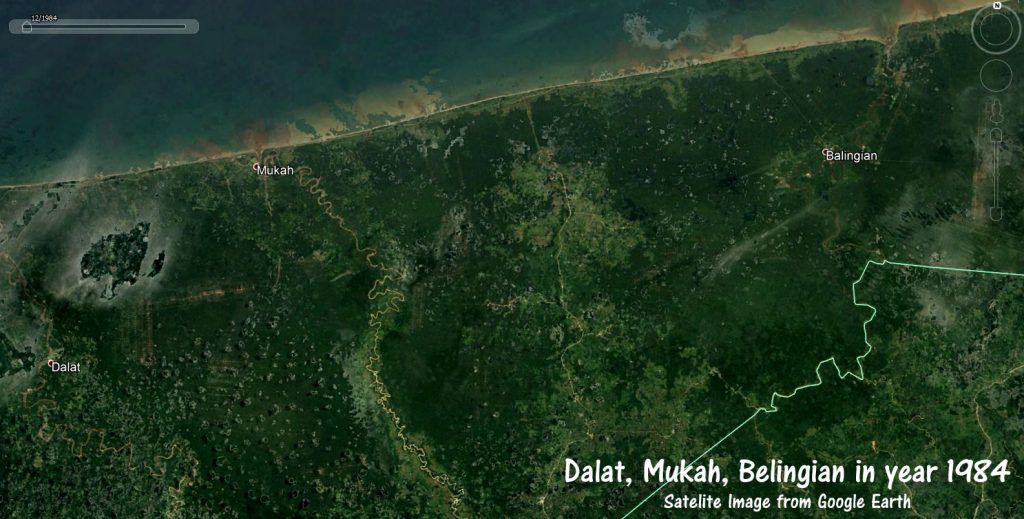
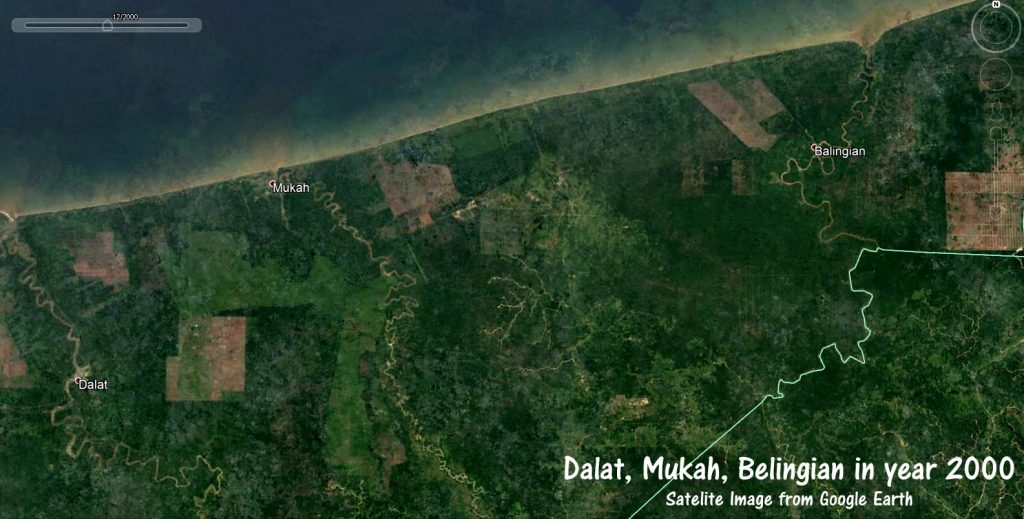
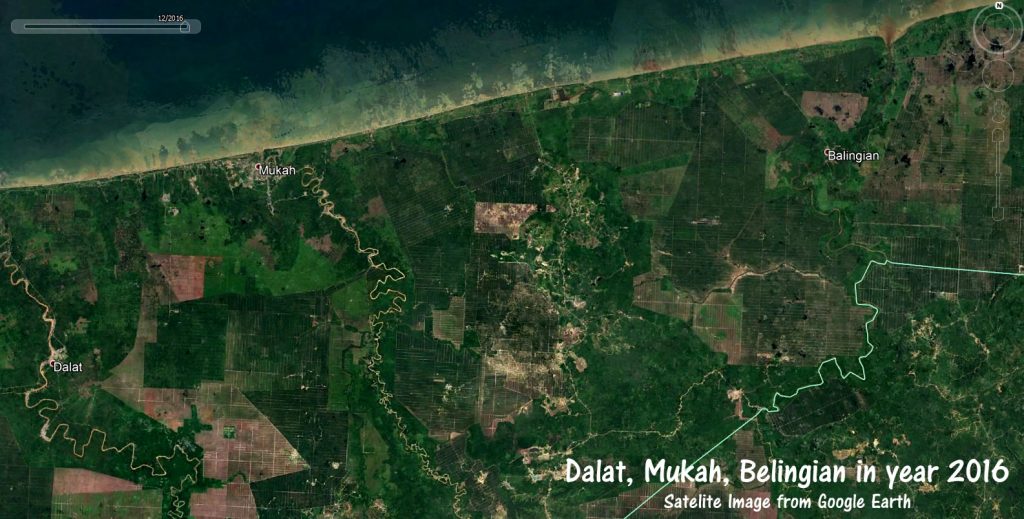
Effect of expanding agriculture and oil palm plantation also forcing many forest out of the once green Sri Aman. In less than 20 years, the forest scape had changed.
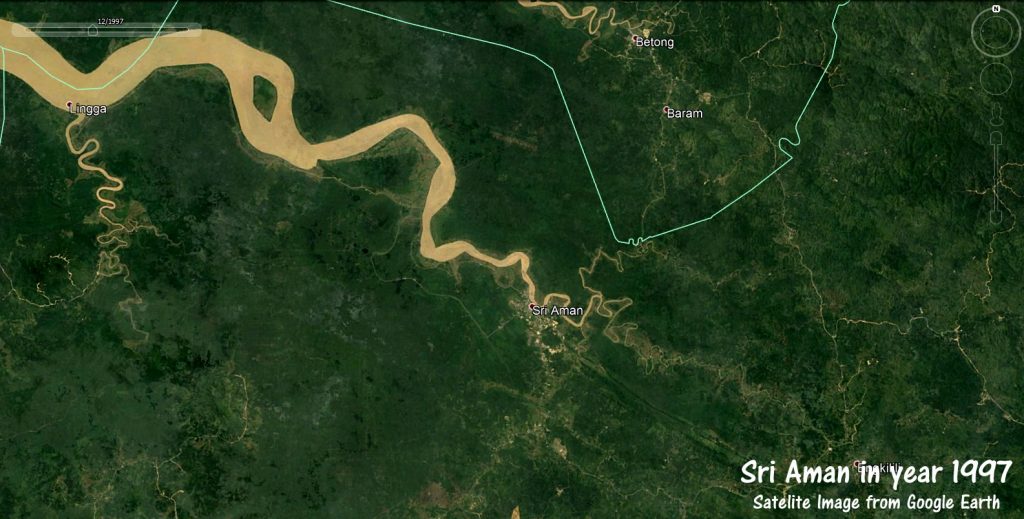

What about other places in Sarawak ?
Bintulu was once Green more than 30 years ago, but due to expansion of agriculture and oil palm plantation, most forest are gone, and massive land mass sustain bleaching.
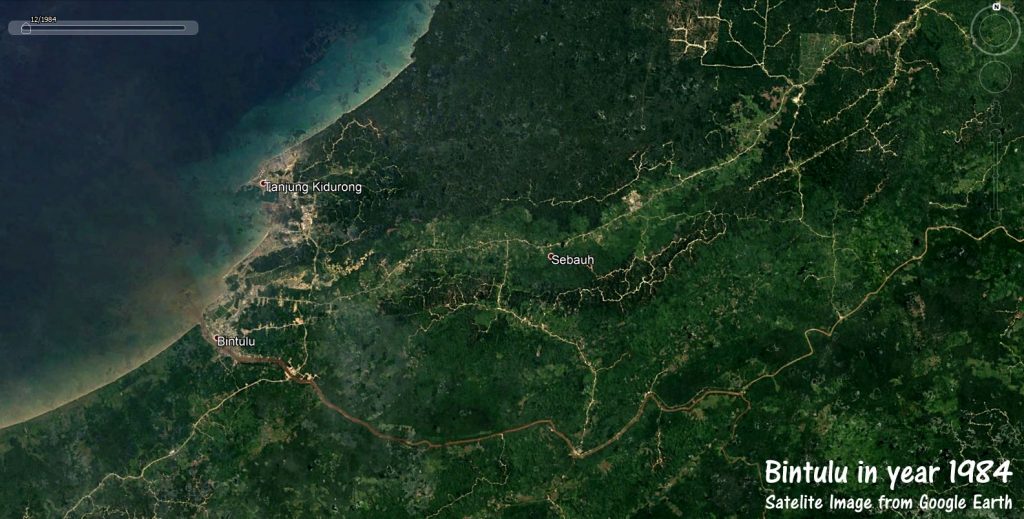
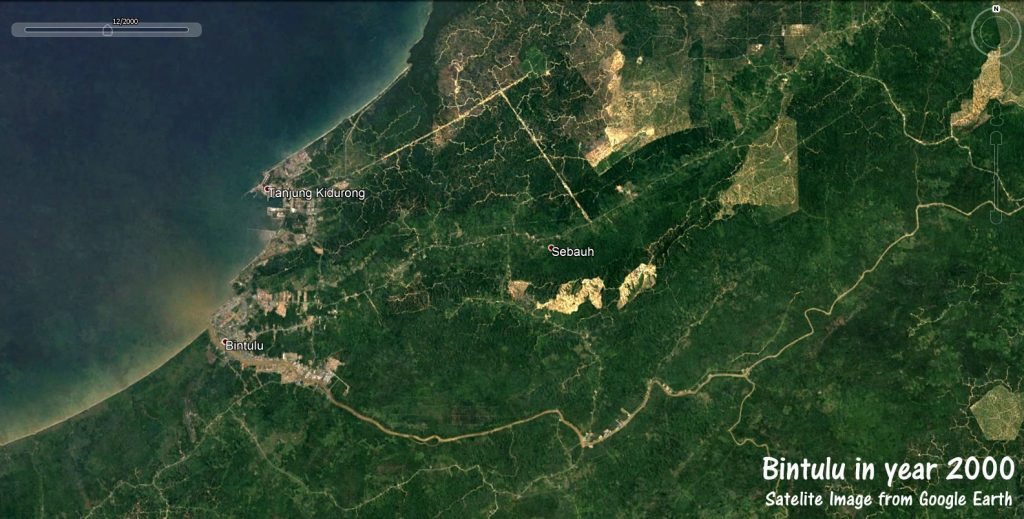
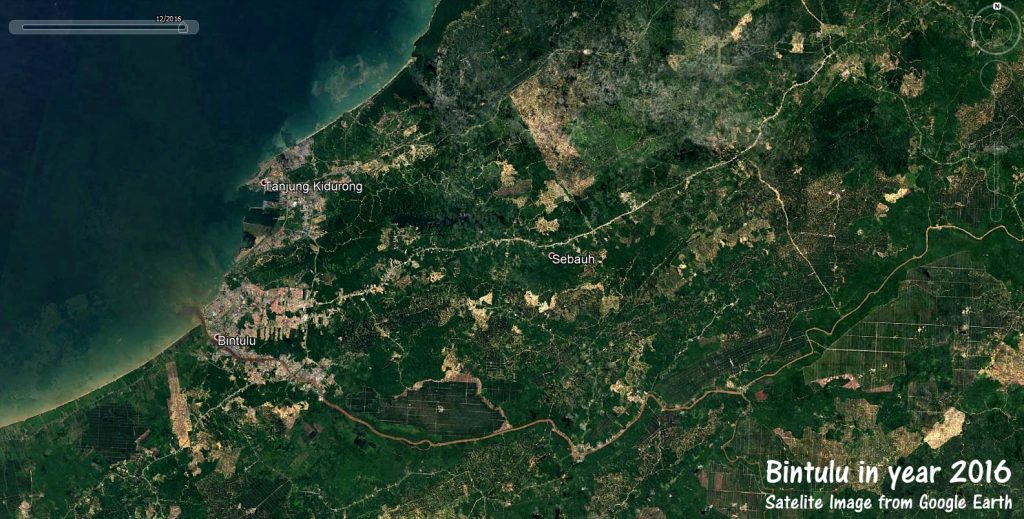
What about Miri ? Does it spared from wheel of development ?
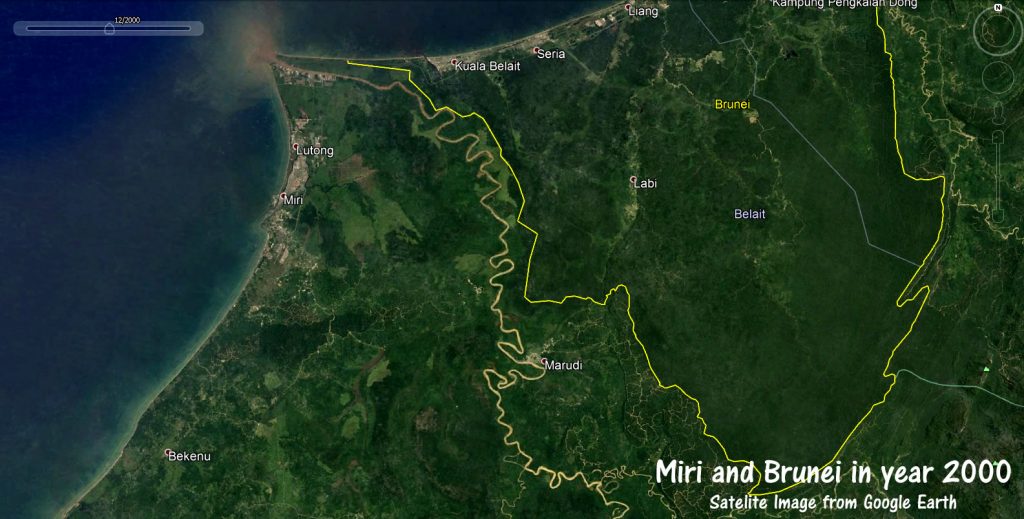
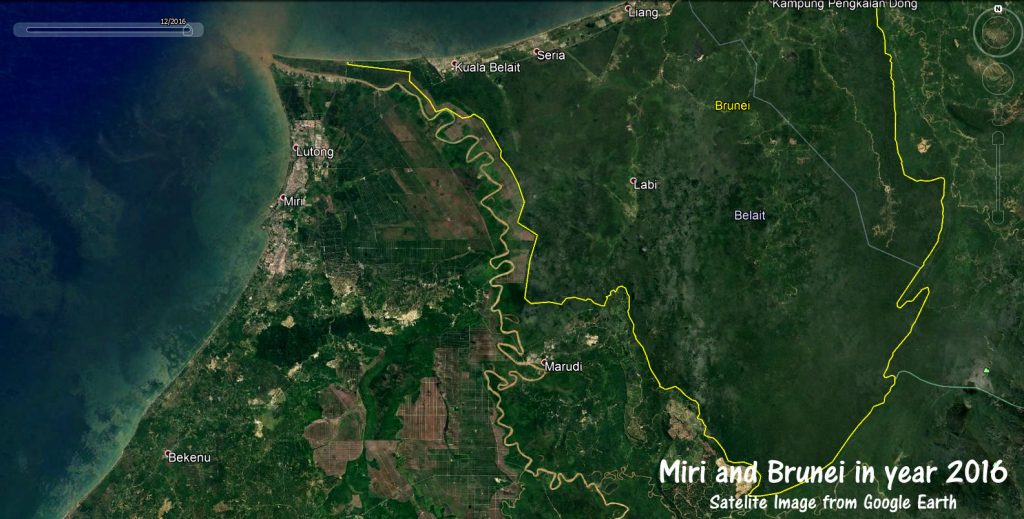
In less than 20 years, Miri forest scape had change allot. Oil plantations have expands their horizon across the land. In contrast with our neighboring country – Brunei – which its rainforest still remaining intact. There are 54% of the forests in Brunei that are untouched by logging.
30 years is a very short time frame to have so much changes to the landscape, considering the rainforest of Borneo is a very old wet evergreen forest that has an estimated age of 130 million years. We still share the same land with the prehistoric human that have known to be inhabitant in Sarawak’s Niah Caves 40,000 years back.
We don’t just lost the Forest Trees, but the City Trees too.
On the large ground, the forest are been threatened. What about trees in the city that we had plant to preserve the green ?
In fact their existance was aslo being threatened. Expansion of commercial zones and upgrades of city roads had been force many of the city trees out of sight.
For example two years back, Sri Aman lost a whole row of trees along the main road to the city during the upgrade of the road. Many trees are lost during the upgrade of the serian – sri aman road to make Pan Borneo a reality. This year Kuching city also lost precious trees during recent upgrade of the road around 10 mile and precious huge trees along Jalan Keretapi had been removed to make way for the new Malls.
Most of it is inevitable but it worth to step back and think about our environment.
A world that drives by personal interest
It is back to the perspectives of the people and its surroundings. No one have the same views but all have at least some form of personal interest.
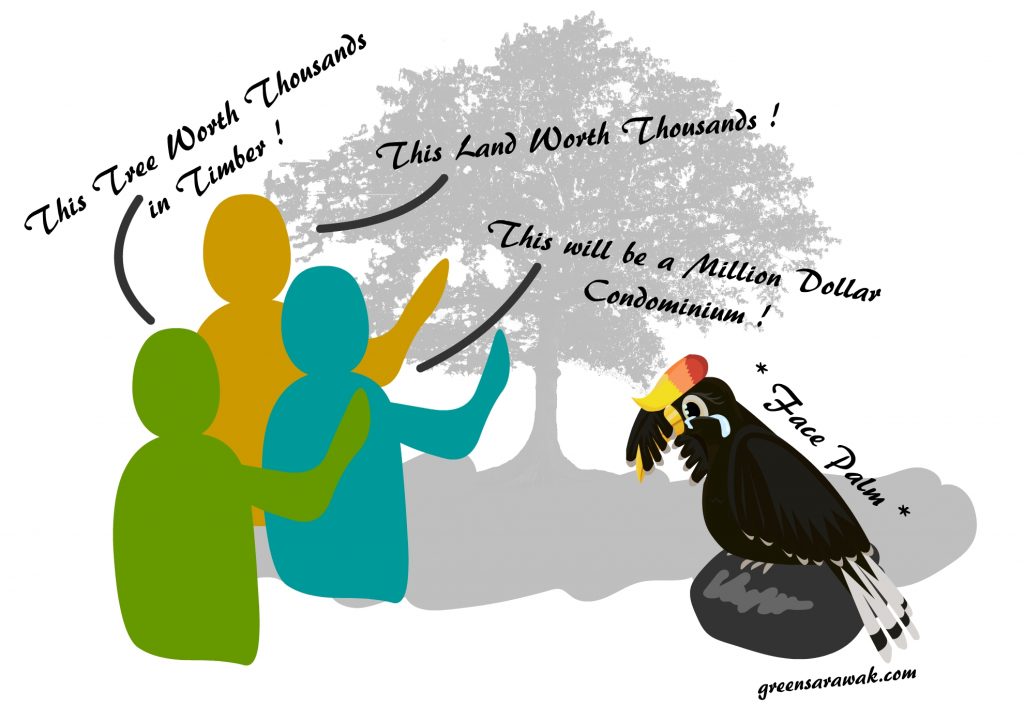
Sarawak is full of natural resources, there is no denial about that statement. But how far we can push the environment?
An interesting interviewing the people in charged of development on issues of forest conservation vs city expansion , they replied “During school we learn how to save rainforest, how to save the environment, we are motivated about keeping the environment green, but when come to the working environment, things are different, nothing is more important that how much profit we can generate from the same piece of land. ”
So, by knowing that we are losing green fast, whats our next step ?


